Evanescence: Michael Arcega, Natasha Seideneck, Amy Balkin
Desai | Matta Gallery

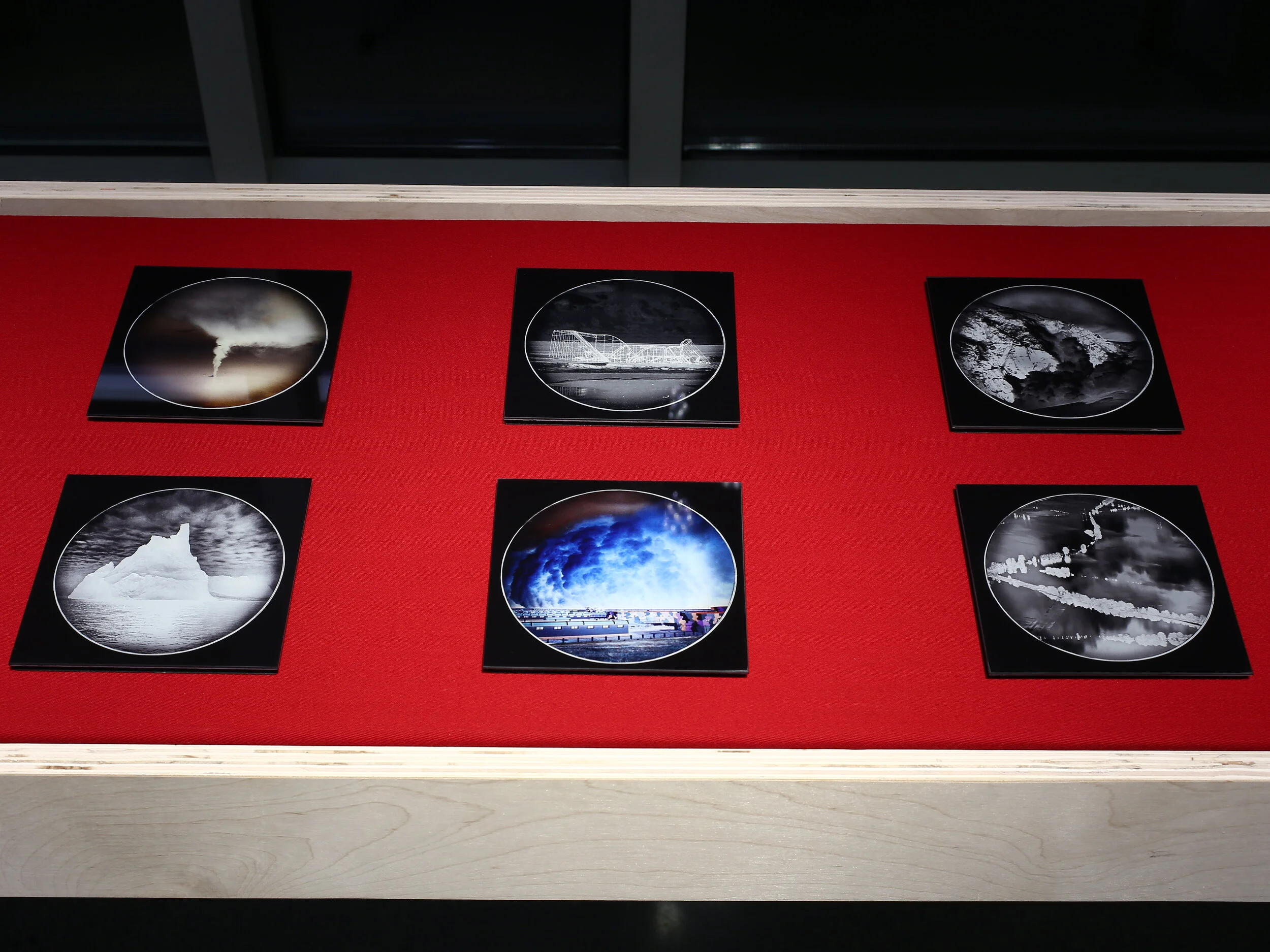
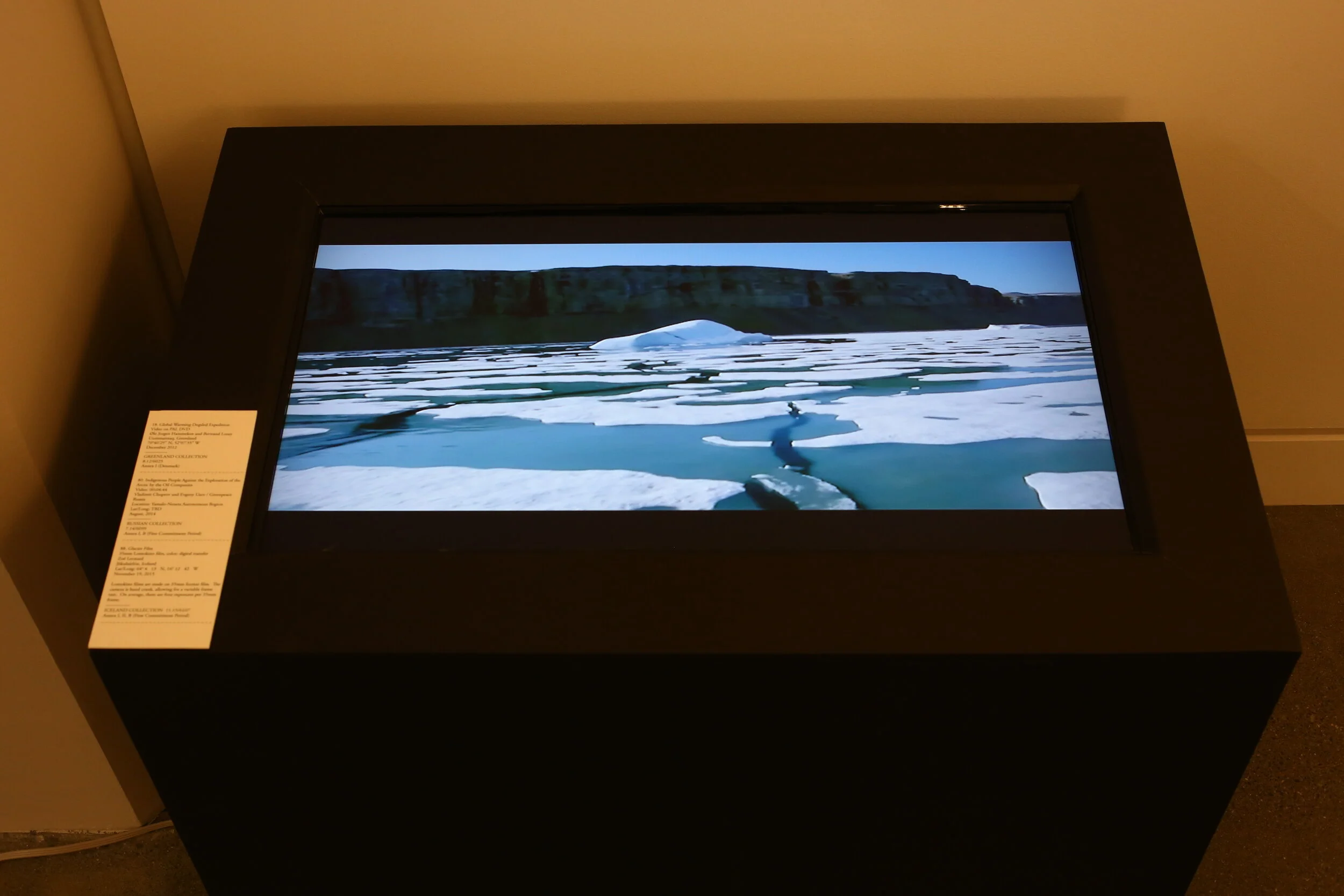
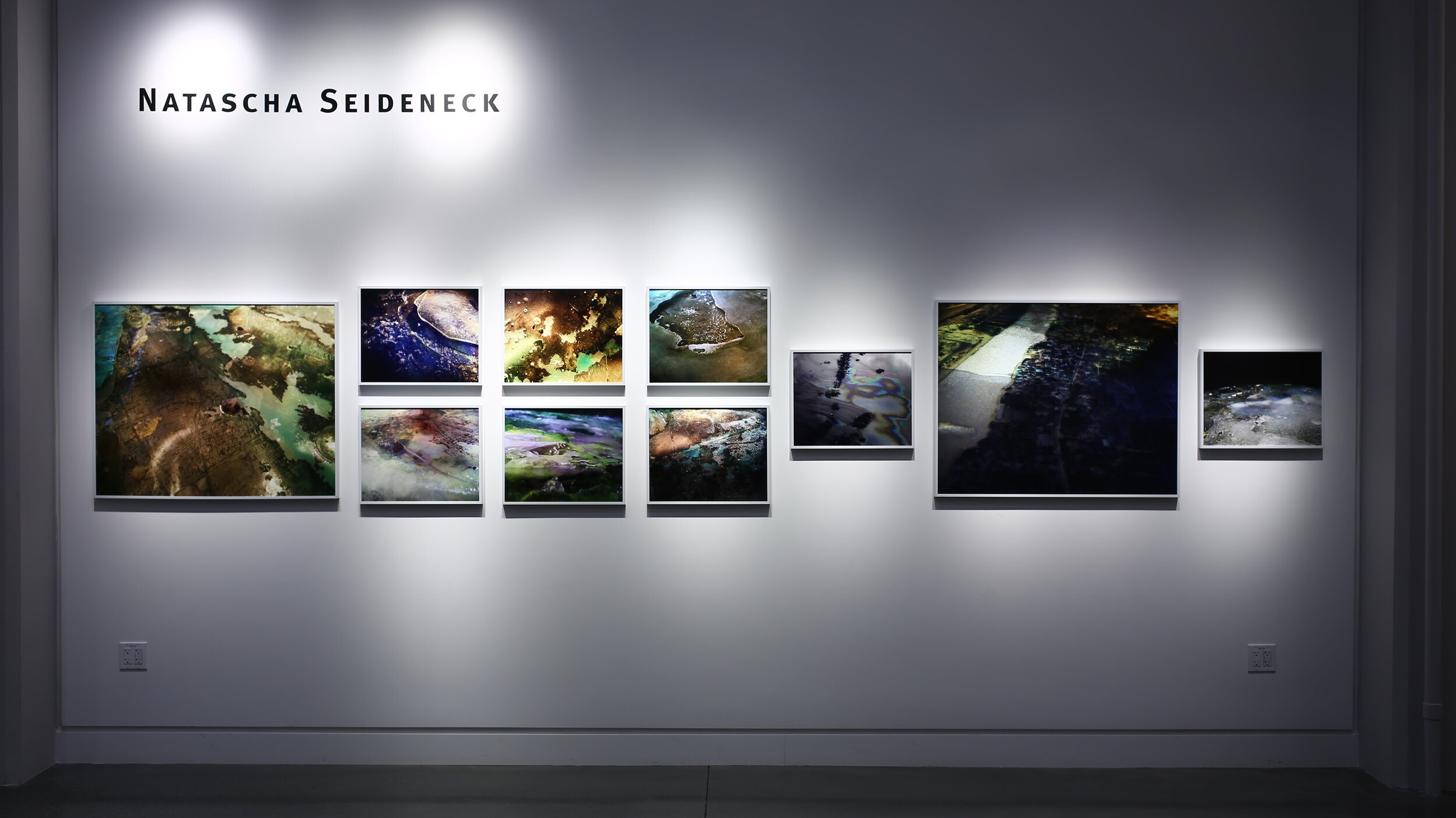
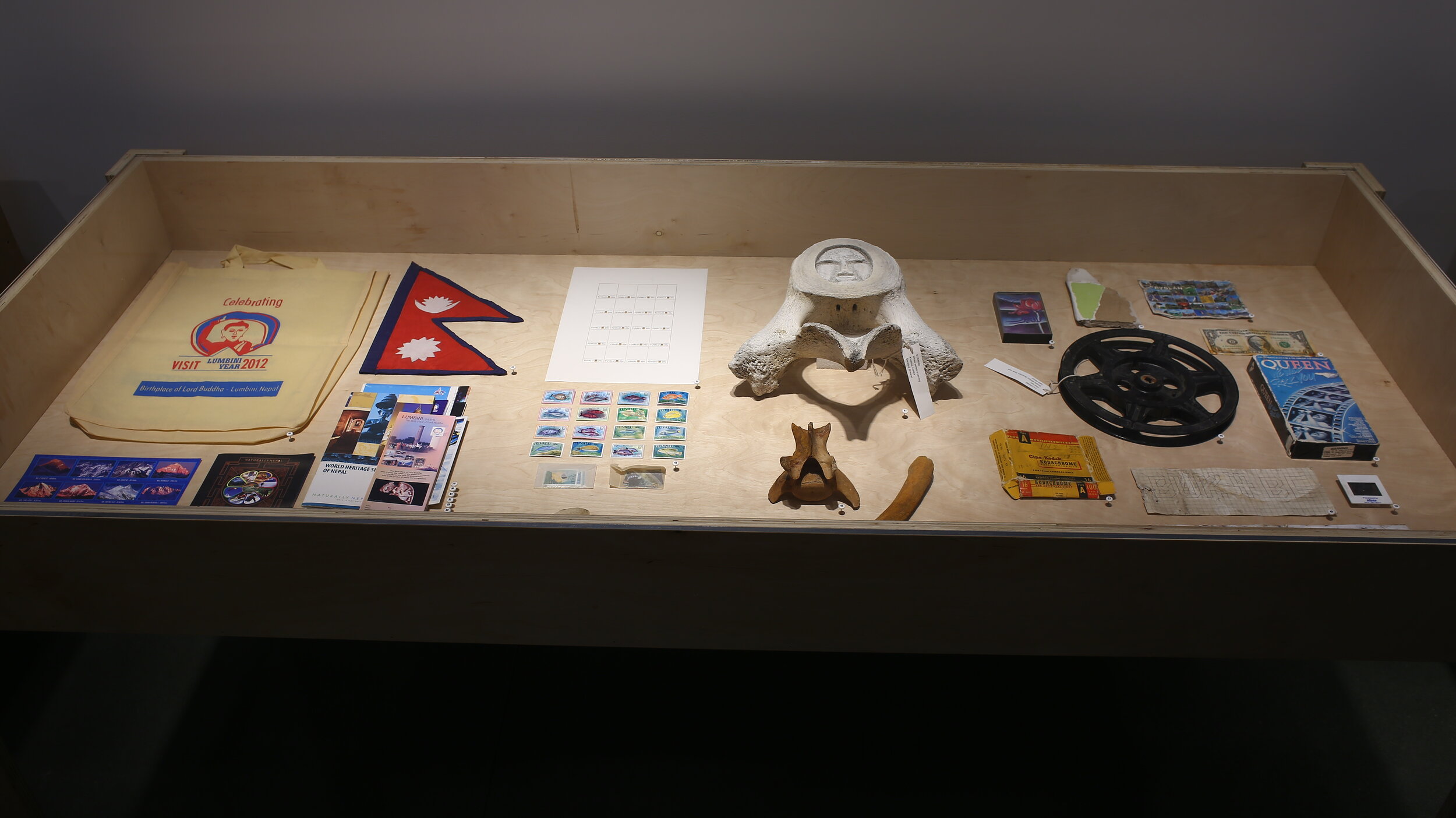
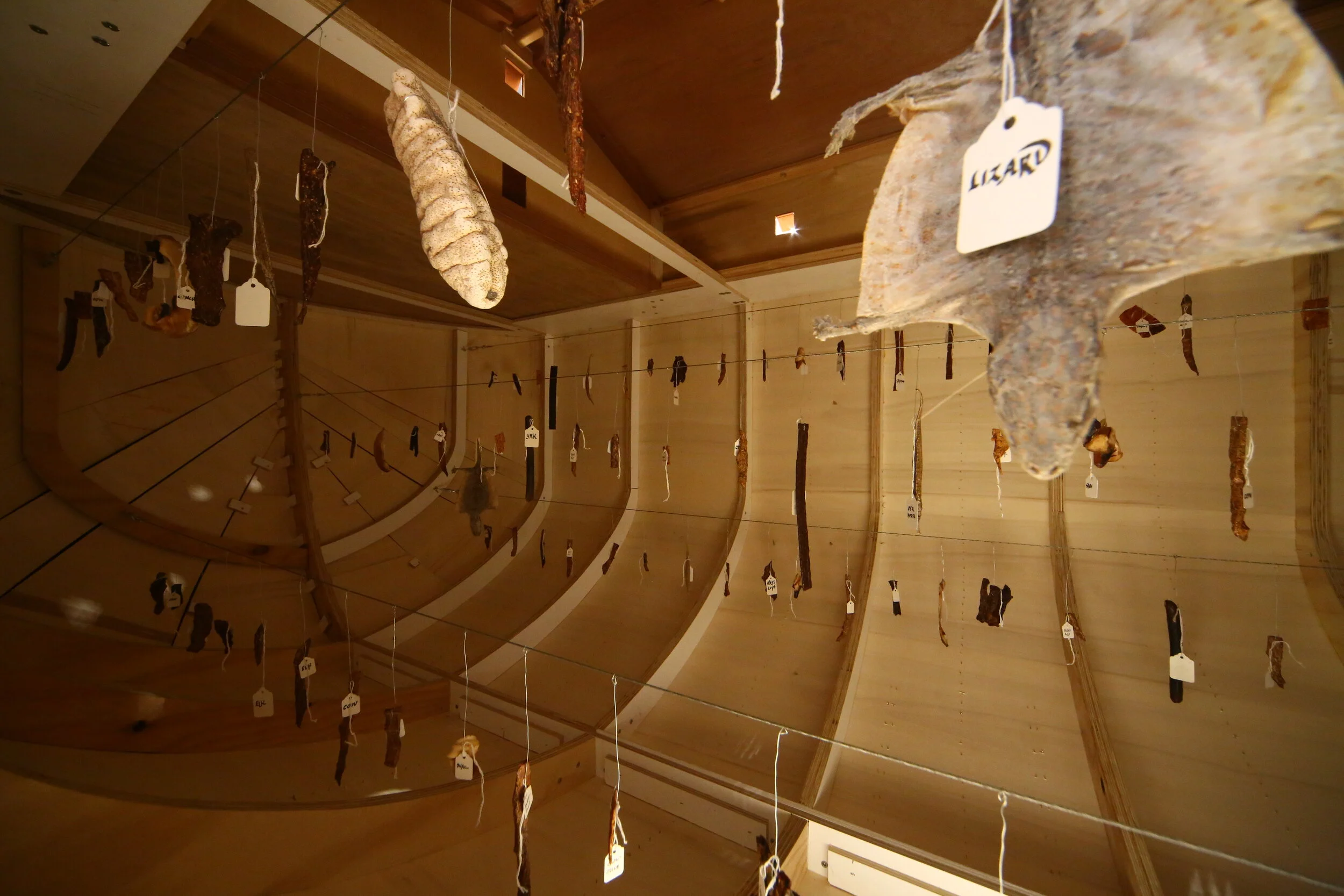
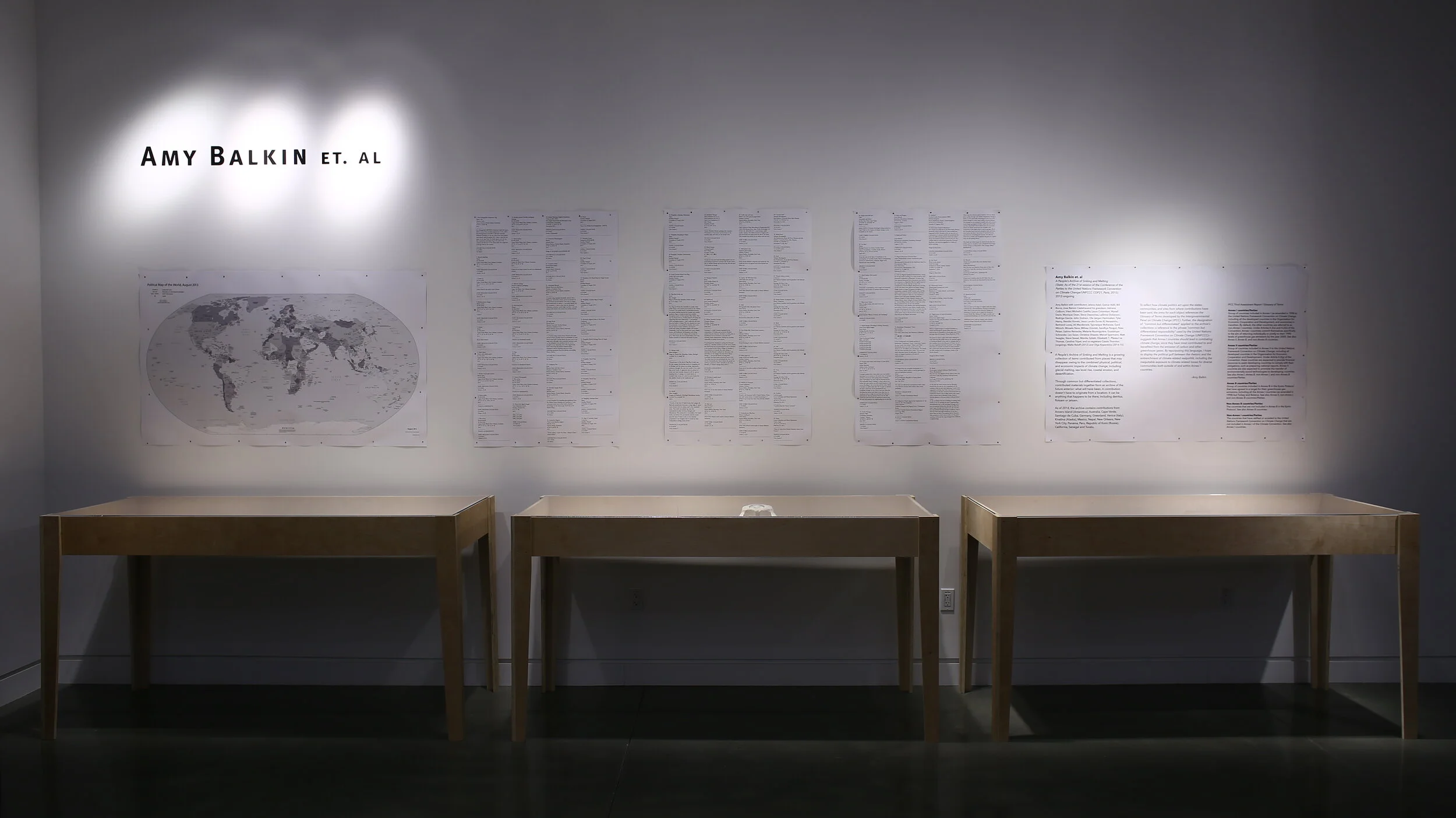
Shifting weather patterns, environmental crises, and (un)natural disasters – it is clear things are changing. Is it possible to not consider the impact of human activity on the current state of the planet?
This November the UN Convention on Climate Change meets in Paris with the main objective to achieve a binding and universal agreement. This goal is elusive, after more than twenty years of meeting, an agreement has not yet been achieved. Rising seas, unprecedented floods, heat waves, desertification— a sense of urgency grows. Artists are exploring alterations in our known landscape in both direct and indirect ways, asking questions about where we situate ourselves in this epochal narrative.
Created in response to Hurricane Katrina (2005), and the Indian Ocean earthquake and tsunami (2004), Michael Arcega’s Eternal Salivation calls to mind an epic tale of flood, while also offering a possible vessel of escape. A wooden ark runs aground a pile of debris. We do not see the animals, two by two, that might be expected on Noah’s Ark. Peering inside the boat, instead we see dried morsels of exotic meats. Not intended for propagation of species in a new world, the meat is preserved for one-time consumption, a testament to humanity’s shortsightedness in the face of an escalating situation. Eternal Salivation addresses catastrophe, and the societal inequities of power and wealth that become more evident in its wake.
Natascha Seideneck creates miniature experiments. Also using debris, pieces of maps, discarded paint and oil, these fragments are immersed in water, frozen, and then brought back to room temperature. She photographs the changes from solid to liquid to evaporated gas, mimicking a geological cycle of freeze and thaw. Uncanny Territory represents fictional landscapes, but could be anyplace, Earth. She also collects disasters that are curated from a growing archive on the Internet. Appropriated images of floods, tornadoes, iceberg melts, hurricanes, and dust storms are distilled into The Disaster Archive. As if looking through a scope, the circular views are printed as delicate glass objects, strangely and hauntingly beautiful despite the content.
Amy Balkin’s A People’s Archive of Sinking and Melting takes a direct and democratic approach to communities affected by measurable results of climate change. In counterpoint to the interpretations of Arcega and Seideneck, the archive denotes physical places with contributions from the inhabitants. Balkin, the collection registrar, calls it a “collection of community-gathered evidence [forming] an archive of the future anterior—or “what will have been.” There are no strict rules about what can be contributed; people can bring what they like. An object may be from the actual place of residence or may have been manufactured halfway around the Earth and washed up on the shore of the eroding coastline called home. Unlike the seed vaults deep in the artic that are preserving genetic memory for a possible future, the contributed objects do notaim to perpetuate the human species, but show the immediate present of fragile and disappearing places.
Urgency prompts creative response – together the work of these three artists integrate evidence of climate change into their work, weaving the future, present, and past into conflicting narratives across the globe.
Tomiko Jones
Visiting Artist and Curator-in-Residence
Arts at CIIS
evanescence is the second exhibition in a yearlong curatorial program focused on the environment through the lens of water - engaging water as metaphor, site of cultural practice, and locus of spiritual belief.
eh-vuh-NEH-suhn(t)s: to disappear gradually; pass out of sight, memory, or existence’fade away, dematerialize, dissolve, evaporate, melt, sink, vanish.